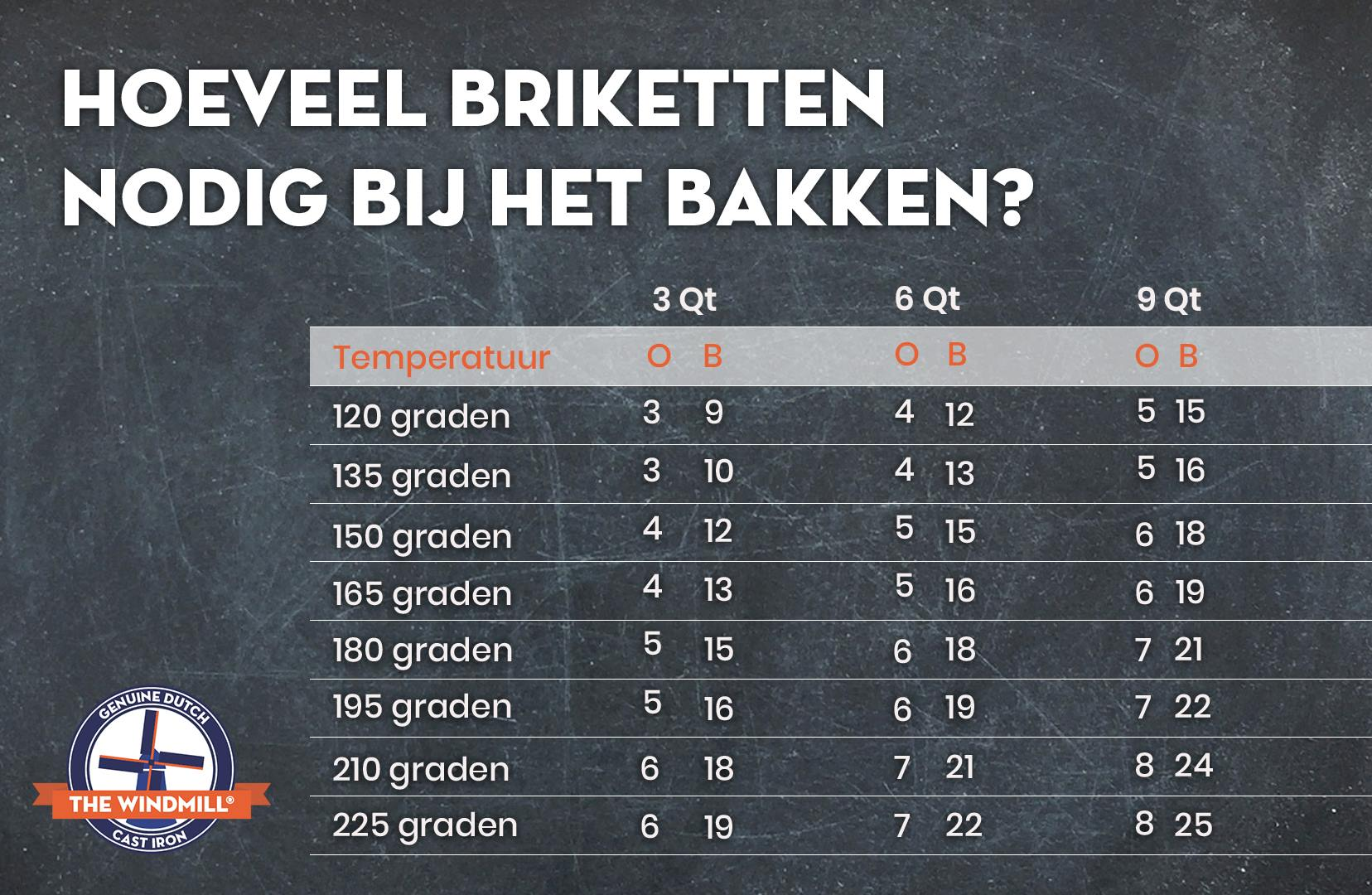Seasoning Cast Iron
The Dutch Oven dates back to around 1700. And a multifunctional cast iron is all-in-one. Many stories exist about the origin of the Dutch Oven. Many of them probably originated from the campfire. What is certain is that the Dutch Oven was first used on the European continent, before he entered the United States in the 18th century, where he was given the name Dutch Oven. Later the cowboys also used the pan in the morning the meat was seared, vegetables were added and the pan was then buried in the ground with some coals.
In the evening on return the food was hot and overcooked. In America, the pan is still widely used. There are even several Dutch Oven Associations there and Dutch Oven competitions are held there. The name Dutch Oven stands for a cast iron pot or kettle with a flat bottom that has three legs, so that it can be placed above the coals. On the lid, raised edges so that the coals remain on the lid. The Dutch Oven also has a steel handle so that it can also be hung above a coal fire. And whether it is a stew, bread, cake or large piece of meat, everything can be prepared in this pan. A good Dutch Oven is of exceptional heavy quality and literally a lifetime.
In fact, the older the Dutch Oven is, the better it bakes, roasts and roasts (in the past the Dutch Oven was often an heirloom!)
Operating instructions cast iron products
Thank you for purchasing one of our cast iron products. We assume that you will enjoy it for a long time. The products must be maintained in an appropriate manner for optimum service life. So get started!
The first use: Burn-in
If you want to use new cast iron products, they must be burned in. This ensures a perfect non-stick coating and prevents the product from rusting. To burn cast iron you need Crisco (or another cast iron conditioner) and a cotton cloth.
Follow the following steps:
- Clean the Dutch Oven with hot water and then dry thoroughly.
- Heat a closed barbecue or oven to 120 degrees Celsius, place the product in the oven for about 60 minutes and allow the cast iron to get hot. Because of the heat the pores of the cast iron open and the moisture can evaporate. This is very important, because moisture in cast iron can result in rust.
- When the pan is hot, rub the 'Crisco' in the cast iron with a cotton cloth. Not too thick, and do not forget to lubricate the outside. The stainless steel handles of the pie-irons must be removed when you place them in the barbecue or oven!
- If the product is well smeared, heat it until it starts to smoke. Then let the product cool down.
- Repeat steps 1 to 4 at least three times. The more often the steps are repeated, the more beautiful the cast iron becomes. After the burning in, the product is immediately ready for use.
Maintenance:
After use, the cast iron must be cleaned as soon as possible. Do not use soap and do not let the cast iron soak in the water. After all, moisture is the enemy of cast iron. To clean the product properly, follow steps 1 to 4. Use the chain mail for stubborn dirt. Then you can store the cast iron. DO NOT cast iron in the dishwasher.
Note: Cast iron becomes extremely hot! So do not pick up the pans, Dutch Ovens and pie-irons, but use heat-resistant gloves.


